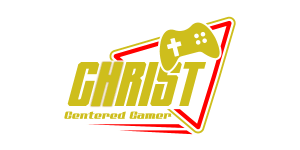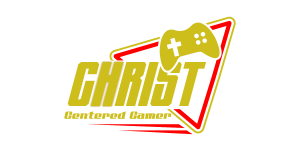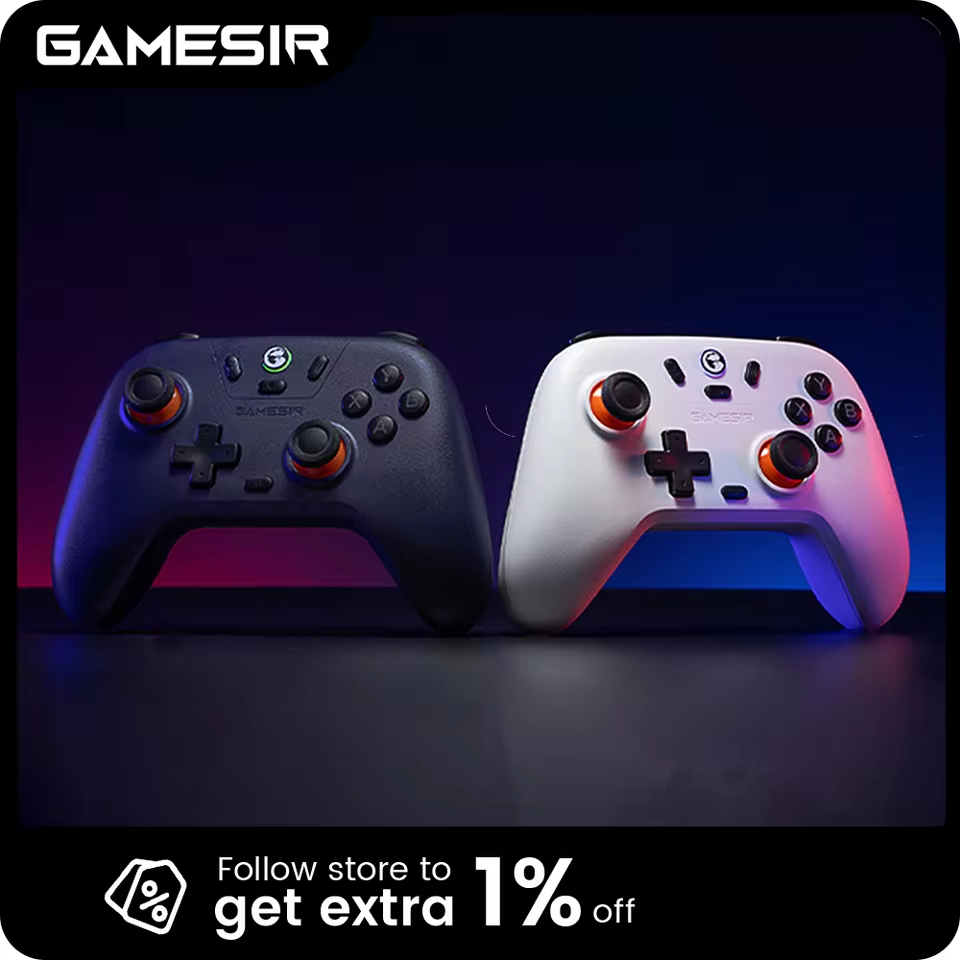Search
[{{{type}}}] {{{reason}}}
{{/data.error.root_cause}}{{{_source.title}}} {{#_source.showPrice}} {{{_source.displayPrice}}} {{/_source.showPrice}}
{{#_source.showLink}} {{/_source.showLink}} {{#_source.showDate}}{{{_source.displayDate}}}
{{/_source.showDate}}{{{_source.description}}}
{{#_source.additionalInfo}}{{#_source.additionalFields}} {{#title}} {{{label}}}: {{{title}}} {{/title}} {{/_source.additionalFields}}
{{/_source.additionalInfo}}- Details
- Category: Hardware
- By Jason Gress
- Hits: 1587
be quiet! Dark Mount Mechanical Keyboard
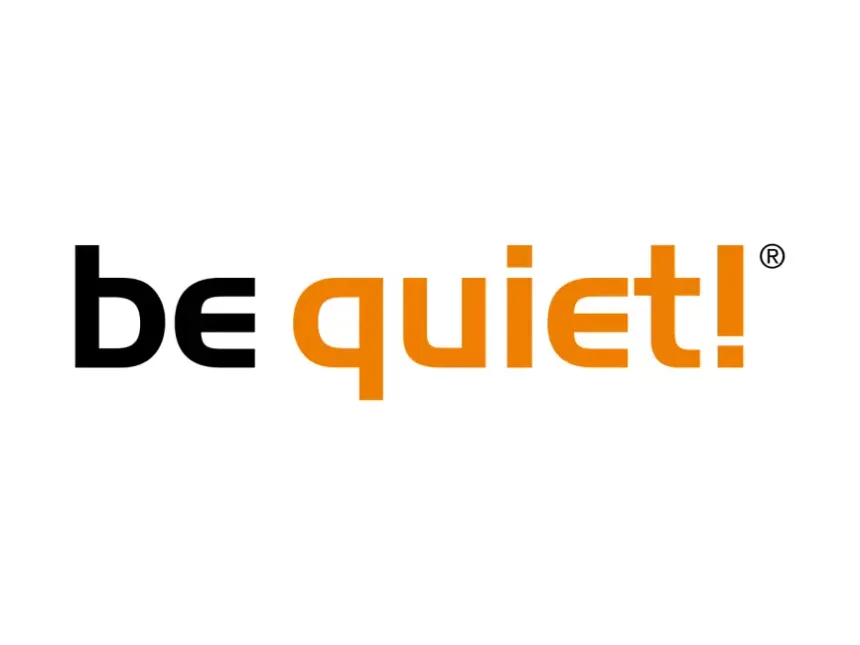
be quiet! Dark Mount Mechanical Keyboard
Specifications:
Mechanical Keyboard with hot-swappable, plate-mounted switches
be quiet! silent linear orange or tactile black switches included (orange reviewed)
Cherry screwed-in and lubricated stabilizers
Compatible with all 5-pin switches
1000Hz Polling Rate
PBT Double-Shot Keycaps included
Onboard memory profiles
TKL Form Factor for the core, with attachable media dock and number + macro pad
Number/Macro pad has 8 keys with a 140x140 pixel screen on each
Media dock has 4 media keys, a control key, two navigation buttons, a volume wheel, and a 320x240 pixel screen
Two positions available for both Media dock and Number/Macro pad
Detachable 2m braided USB-C to USB-A 2.0 cable
Two magnetically attachable palm rests
Keycaps and Switch combo removal tool
Several magnetic riser feet
Dimensions: 256x456x52mm
Weight: 1.32 kilograms without palmrest
MSRP: $254.90
(Amazon Affiliate Link)
Thank you be quiet! for sending us this keyboard to review!
Last year, I reviewed the Mountain Everest Max, one of the best keyboards I've ever reviewed, though sadly with software that needs improvement. The parent company of be quiet! purchased Mountain a few years back, and decided to take many good ideas (and even key employees!) from Mountain and ask them to work with be quiet! to help them develop a keyboard in the spirit of the Everest Max. (Sadly, Mountain keyboards seem to have ceased production, so if you like that design, this new model is your only option now.) They also developed switches that live up to the be quiet! name - and they are amazingly silent. Put them together, along with additional engineering to ensure silence, and you have the be quiet! Dark Mount.
In most ways that matter, the Dark Mount is like a 2.0 revision of the Everest Max. The keyboard uses a similar design, with detachable components and magnetically attached palm rests. The top plate is still solid aluminum, though it's simply flat instead of beveled this time. All key switches are hot-swappable, though this new one supports 3 or 5 pin switches, instead of just 3 pin on the Mountain. Really, almost every aspect of this design is similar or slightly improved in some way compared to the old, though with a clear lineage if you've seen the Mountain ones before.
For those unfamiliar with this style of keyboard, let's break it down. The Dark Mount includes four main parts, as well as a bunch of accessories to round it all out. The main body is the tenkeyless (TKL) keyboard, which includes everything that a normal keyboard does except for the number pad. You need that to operate anything else, as the brains are inside there. The next big piece is the Numpad/Macro pad, which is a standard numerical keypad along with eight macro buttons which are clear with an LCD screen inside of each one. They honestly look really sharp, and those mini screens look great. They also have a satisfying click when you press them, though they require a fair bit of force, so you probably wouldn't want to treat them like normal keys, but instead use them for occasional but useful macros.
The Media Dock is pretty nice, with the four media buttons of Previous Track, Next Track, Play/Pause, and Mute. There is also a center select button, two navigation buttons, and a separate volume wheel. The three navigation buttons control what you see on the LCD screen built into the Dock. This screen looks nice, though some of the features don't seem to work properly without IO Center running. The last major pieces are the included magnetically attachable wrist rests. There is one for the main part of the keyboard, and a smaller one that attaches to the Numpad. It's quite nice, and addresses my main complaint about the Everest's old wrist rest, which was that it was a bit too small; this one is just about the right size and soft to the touch. Having the second one for the Numpad is great also; I really appreciate that.
There are also a few other accessories, like a keycap and switch puller, the necessary USB cable to be able to plug it into your computer, and magnetic stands to raise up your keyboard's angle if you like. There are eight magnetic feet, so there is enough for raising the TKL keyboard and Numpad both up to two times, or just the keyboard up to four times. Each has a very strong magnet on it, so I wouldn't worry about it falling off or anything. With that said, using more than the intended two does make it a bit less stable, though not unusably so. Interestingly, only half of them have a rubber bottom; the rest are hard on the bottom, making them suitable to raise up the rubber ones but not much else.
The last 'accessory' isn't really an accessory in the classical sense, but it is something that comes off and you can lose: magnetic port savers. You see, where the Numpad/Macro pad can attach, there is a small magnetic cover that is a little over two inches in length. Both sides of the keyboard and the Numpad have one, as you can attach the Numpad on either the left or right side of the keyboard. These little covers are easy to lose, since there is nowhere to store two of them if the Numpad is attached. Both the keyboard part and the Numpad part have these little magnetic port savers that seem so easy to lose.
Speaking of the Numpad/Macro pad, I love that you can attach it on either side. This means you can use a classic layout like most keyboards by putting it on the right, or by putting it on the left, you can have more mousing area, which is important for many gamers, while not losing any buttons. I also found that it was easier to center the main typing rows in front of me while putting the Numpad on the left side, since my brain always wanted to put the left part on the left, despite that not being a natural position for my wrists. In order to install the Numpad, you need to remove the port savers on the keyboard and Numpad side, then depress and slide over a rail that pops out on the Numpad, which is then inserted into the appropriate part of the keyboard. This mechanism existed on the older Everest, but it was redesigned to have a much sturdier connection this time, which I am grateful for since on the old one it would wobble a little bit; this is no longer a concern. This is probably the most important improvement over the older Everest keyboard.
Strong Points: The quietest mechanical keyboard I've ever used, by far; high-quality build and materials; no flex or mush whatsoever; looks amazing; media dock and macro key displays look really neat; good amount of customization available, with onboard profiles; RGB lighting; detachable and movable Number/Macro pad and Media Dock, and extendable with standard USB-C extension cables; supported application integration can be useful; some keyboard lighting and updating functionality can be done online via a web browser from any operating system including Linux where I tested it
Weak Points: IO Center software is very basic; key binding and macro feature is decent, but some keys are hard-coded on the Fn layer; USB-C ports used for Media Dock and Number/Macro pad are proprietary though thankfully support standard extension cables; Macro pad icons can't be updated from the web app (for now?); doesn't always wake up when switching to it with my USB switchbox on my work machine
The Media Dock can also be installed in two different positions: the upper right or upper left. I tend to keep it on the right as most keyboards I've used have had their media keys there, but I've also used older Logitechs with the media keys on the left and eventually got used to that, too. I really like media keys, and always use them if they are there. I also really love that there is a (mostly) dedicated volume wheel. Other than within a specific menu, the volume wheel by default just adjusts the volume. It also feels really nice to use, which is important.
The screen on the Media Dock is navigated by a navigation cluster of three buttons nestled in between the media keys. The center one acts as confirm or activate, and a quick double-press is how you go back. (This took me a while to figure out.) Once you activate the screen by pressing the center key, you see the be quiet! logo (or whatever you customize it to). If you press it again, you can select one of six options. First is a clock, which would be much more useful if it actually kept track of the time when IO Center wasn't running. Each time I check it without IO Center, it's off by more time. It seems to vary from a few hours to over a day as of the time I am writing this. It does show the day of the month and the time, which is fine - it just needs to be more accurate. Thankfully, connecting it to the web app resets the time, so I was still able to correct the drift from my Linux install, but it is a shame that it was necessary. There is also a timer and stopwatch function, which can be useful. They do work as expected, though you may need to watch the screen to know when the timer is up, as there is no audible alarm on the keyboard itself. Setting the time for the timer is one of the few non-volume uses for the volume wheel.
There are two menu options related to RGB illumination. The first is just called 'illumination', where you can select RGB modes. It's really nice, and some neat modes are included. The 'static' mode, which I normally use, is sadly limited without using either the web or Windows app, since you cannot select colors with this. It's a really strange omission considering even cheap RGB keyboards have some keystroke to select some preset of colors. The other modes, 'color wave', 'tornado', 'breathing', 'reactive', and 'matrix' all look really cool and work as expected. There is also a 'brightness' option from the main list of six, where you simply select how bright you want it from 0% to 100% in 10% increments.
There is also a 'profile' selection option, which is very useful since you can store key and RGB lighting customizations in a profile. Very nice. There is a 'media' option, which can display the current track along with a picture of the album cover. It's very cool! Sadly it also doesn't work without IO Center running, and will just keep displaying the last thing playing from when it was running last if you don't use IO Center. I think it would be better to say no data available than to display wrong information. The last of the six menu options is called 'custom mode'. It has an on and off toggle. I have no idea what this does or how to configure it. I could not find any information on what this does anywhere.
I love the concept on an on-keyboard menu system, and the screen and navigation is a big step up from what Mountain had, though a few features are currently missing in comparison (like temperature monitoring). Hopefully over time this set of features gets fleshed out more, as it's currently not that great. Fortunately, it does stay out of your way and the main important stuff, like the volume wheel and media keys, all work just fine.
The IO Center software that be quiet! provides has two versions: one for Windows, and one for Web. It works on Chromium-based browsers, so it should work on Chrome (of course) and I tested it almost entirely on Brave. The Windows-based app has a few more features, most notably the ability to program the functions of the Macro pad. It seems they recently added the ability to change the icon images from the web app, but programming it further requires the Windows-based software, at least for now. That IO Center Web seems to be getting more features is encouraging; hopefully it becomes fully-featured some day. It can already update firmware, which is very important. As a Linux user about half of the time, I'm greatly appreciative of keyboard software that works with my preferred operating system. As a matter of fact, it even prompted me with a script to run to install better udev rules for my Linux machine to enhance the functionality. While the user experience could be better, this is very nice!
The IO Center's functionality is pretty basic, but nothing really important is missing. It allows RGB customization, key remapping for both the normal and Fn layer (two keys, R and Pause, cannot be remapped), configuring the Media Dock, and configuring Game Mode. Some features seem to be missing; I couldn't find where to configure the polling rate, but it appears to default to 1000Hz, which is completely fine.
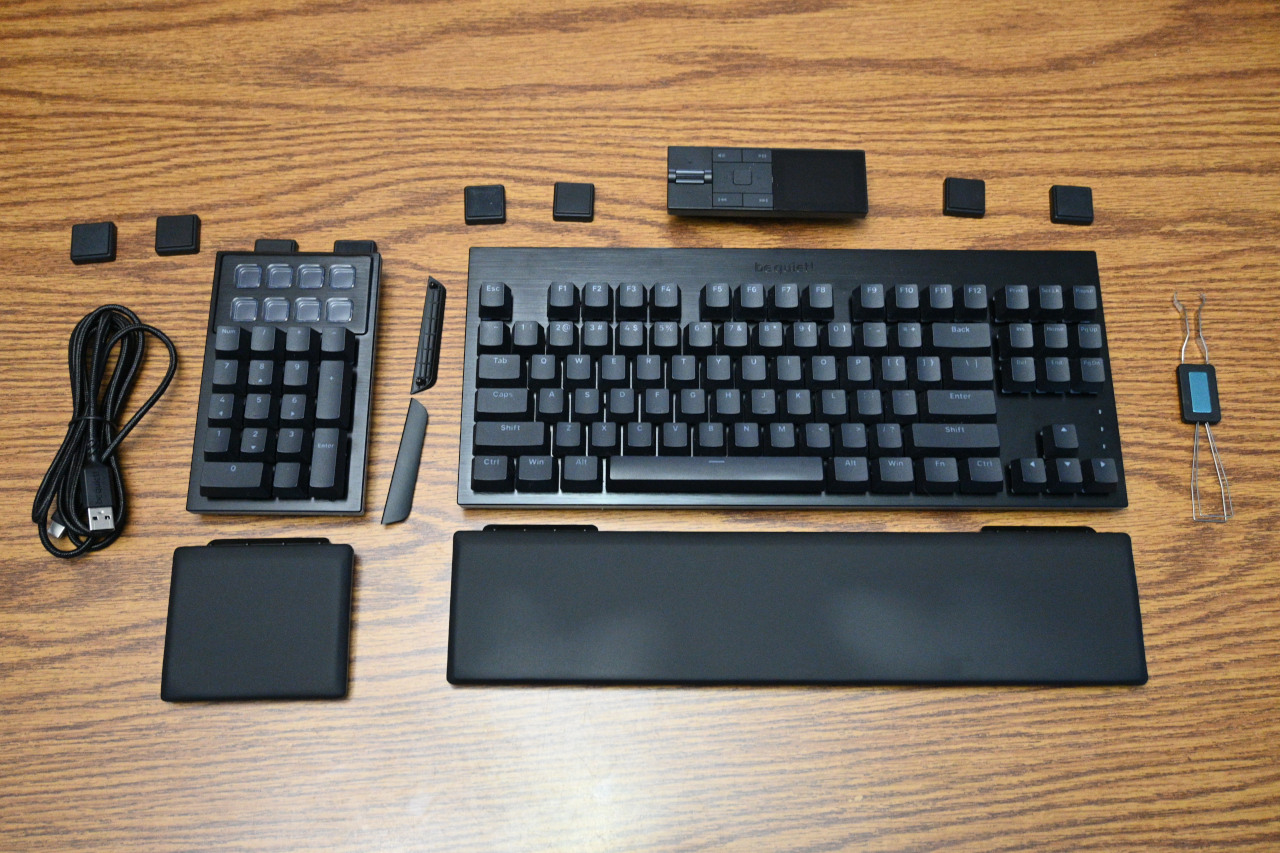
After describing all of this interesting and amazing functionality, I'm sure some of you are wondering: how does it feel? How much sound does it make? And the answer is simple: be quiet! has most certainly leaned into their namesake and made certainly the quietest mechanical keyboard I've ever used, and one that is only just a bit louder than some laptops. I grabbed an older high-quality rubber dome from my closet just to compare, and sure enough this Dark Mount is quieter.
Most of the magic of that silence comes from the be quiet! orange mechanical linear switches. I have no experience with their black tactile ones, but these orange linears do a great job preventing and clicks or clacks. According to be quiet!, they used a nylon housing with lubrication on the switches and stabilizers. The switch stem is POM, or polyoxymethylene. Since I'm not heavily into material science, I trust that this material was chosen to prevent a loud clack when bottoming out. Also, cushioning is used where the stabilizers impact the PCB, and if you take the spacebar off, you can see foam embedded into that as well to prevent spacebar clacking or rattling. Whatever the case, the design is clearly meant for silence, and they did a wonderful job keeping it that way. They also advertise three layers of internal dampening to keep rattle and echo to the absolute minimum.
While it's somewhat of a bummer that it's not an all-aluminum body, the top is a full single piece, and the bottom uses a thick rigid plastic that has absolutely no flex. The typing experience does not suffer at all, and you don't use the raised feet, the keyboard feels extremely planted. The typing experience does not suffer one bit for this choice.
The key switches are extremely quiet, and the feel is interesting. While it says it's a linear switch, and I'm sure it's not lying, it has a bit more feedback than most linear switches I've used. It's smooth but not perfectly - you can feel some kind of almost tactile-like resistance part of the way through. The funny thing is, it feels almost like a dome, because it has that soft landing and is missing the thwack most linear switches have when bottoming out. I tried swapping a few out just to make sure, and sure enough most of the silence magic is indeed in the switches, as my others were much louder. It's a good switch, and my wife absolutely loved it when she tried it out. And if you want a noisier typing experience, that's why the switches are 5-pin MX compatible - they can be swapped with almost anything on the market.
I personally don't have a strong opinion in this area, but some people really like gasket-mounted PCBs. From what I can tell, this is probably plate-mounted as the board has virtually no flex at all. This is a preference thing; if you want your keyboard to be super solid, this is that. If you like a keyboard that flexes, then look elsewhere. In my opinion, the bouncier gasket mounting makes sense with switches that have a hard bottoming out, but since these do not, it's fine as it is. These switches don't bottom out hard at all. They are so quiet that the snap you expect on both the downstroke and the return up is almost entirely gone.
The keyboard's illumination works quite well for north-facing RGB LEDs. (I've come to appreciate south-facing LEDs on another board, but these are still completely fine.) The colors look great, and the key switches transmit the lighting quite well and evenly since the whole switch is translucent. There is an LED strip all around the border that brings more color and a nice accent to it all. It looks quite tasteful and it's not overdone.
The be quiet! Dark Mount is a very premium keyboard with unique and advanced features few others offer at a premium price. The build quality is fantastic, and the switches are great, especially if silence is golden. I have been going back and forth on if I want to keep using these switches or swap them out for some other ones I also love, but regardless, there is a lot to love here. I certainly hope that the software and especially the Media Dock's feature set improves over time. I love that there is web-based software so that this great keyboard can be accessible for more users. I know the $250 price range is quite competitive, and there's a lot of competition. Some higher-end keyboards like this might be more typing focused, while others more gaming focused. The Dark Mount tries to straddle that line. Its remapping and macro features are excellent on Windows, and its onboard profiles, memory, and web-based configuration tools makes it great for other operating systems, too.
In my opinion, the be quiet! Dark Mount is a compelling product if you will take good advantage of its many features, especially its modularity. If you are unlikely to do so, then it may be hard to justify the high price. While I can't make that call for you, I will say that if you want a silent mechanical keyboard, the Dark Mount is an excellent choice. Recommended!
